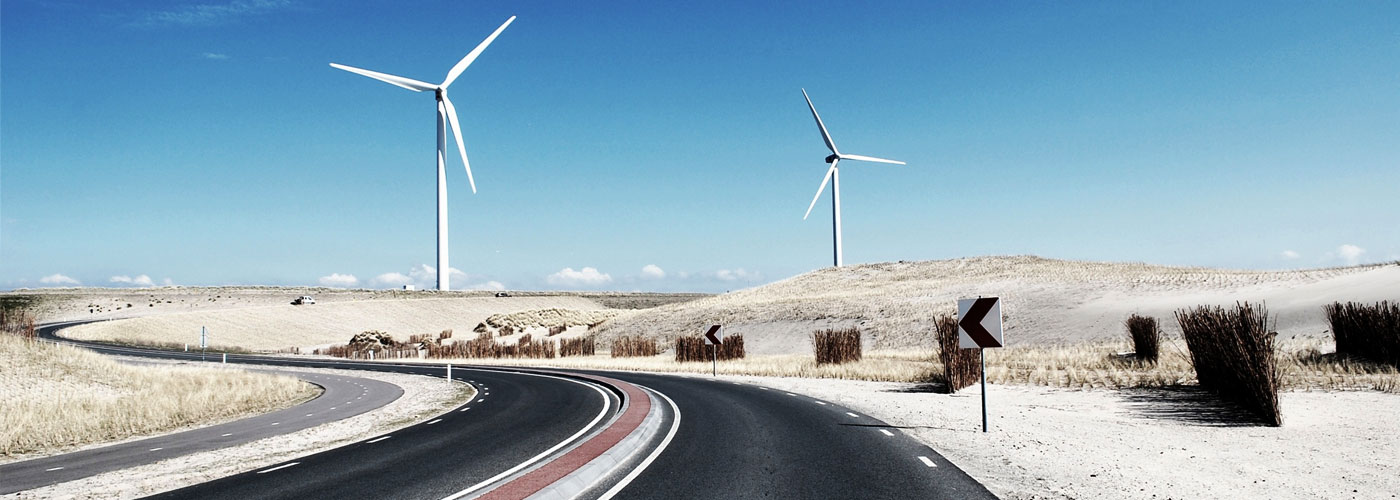If you haven’t heard, China’s leader, Xi Jinping, and U.S. President, Barack Obama, struck a deal to limit greenhouse gases (GHGs) this month. But you probably didn’t know that you can cash in on this.
China, the world’s biggest emitter of greenhouse gases, not only set a goal of increasing the share of non-fossil fuels to 20 percent of its energy portfolio by 2030, but made its first-ever commitment to cap carbon emissions starting in 2030. Talks between the two parties also led President Obama to unveil a plan for deeper U.S. emissions reductions through 2025.
What many people don’t know is that the China-U.S. deal provides safe, reliable investment opportunities in local renewable energy projects, like solar and wind, and energy efficiency projects, like boiler upgrades for buildings. The simplest starting point can be in your own home: Installing rooftop solar and energy efficiency upgrades can payoff by lowering electricity and gas bills. And even more promising is the potential to invest in these renewable energy and energy efficiency projects directly.
The China-U.S. deal provides safe, reliable investment opportunities in local renewable energy projects Tweet This Quote
A Shift to Distributed Infrastructure
All of the renewable energy investments tie into the new United States commitment to reduce annual GHG emissions by 26 to 28 percent by 2025, which is an accelerated pace of emission reduction compared to the previous Copenhagen commitment of a 17 percent reduction from 2005 to 2020. This accelerated target will help drive a structural shift in the power and energy industry from centralized to distributed energy.
The “minimum efficient scale”—the smallest size that is economically rational to make or do something—has been diminishing all around us. Previously, we needed $500 million dollar investments in large-scale power plants plus billions of investment to build the corresponding power lines in order to get a single home heated and lit. Now Walmart can build the same power plants at a cheaper price. They have $1 million solar power plants at 500 of their stores making them more resilient to an aging grid, super storms and hackers.
The innovative “no money down solar” business model allows Walmart and millions of other businesses and homeowners to avoid the upfront cost of solar power and save money from day one. To save money on utility bills, homeowners can replace aging, inefficient appliances with highly efficient, proven technologies in renewable energy, air conditioning, water pumps, combined heat and power, battery storage, and more.
As infrastructure size shrinks, it becomes increasingly possible for small investors to fund energy projects, and Germany has been a leader in funding distributed infrastructure through local investors.
German Leadership
Germany is at the global forefront of the shift to distributed renewable energy. In the first half of 2014, renewables like wind, solar, biomass, and hydro made up 30 percent of Germany’s electricity generation. Not only does Germany lead the shift away from a centralized electricity system, but they are also moving away from centralized ownership of electricity assets.
Through their efforts to democratize energy, German citizens now own 50 percent of the renewable energy in Germany. Local investment cooperatives have been the primary method for individual citizens to cash in on Germany’s energy transition. These co-ops allow people in the community to fund rooftop solar panels on churches and schools as well as help local farmers build wind turbines to provide an additional source of income.
Many of these co-ops are only open to local citizens and are locally governed through meetings in the town hall. While this co-op model suits Germany well given its numerous small communities and history of community action, a town-hall style co-op doesn’t work as well for many Americans, especially in urban areas. To solve this problem, American entrepreneurs are developing new ways for both urban and rural Americans to cash in on steddy-eddy investments in distributed energy.
American Innovation
The only way to meet the USA’s new climate reduction goals is to deploy distributed infrastructure solutions. Last year, these solutions attracted almost $40 billion of new capital in the US. It is becoming increasingly possible for large and small investors to put their own money into these solutions.
Companies like SolarCity, Solar Mosaic, and the Clean Energy Collective are pioneering business models that allow individual investors to own pieces of larger renewable energy projects.
The only way to meet the USA’s new climate reduction goals is to deploy distributed infrastructure solutions. Tweet This Quote
Solar Mosaic provides a platform for individual investors to help fund specific projects on schools, libraries and other buildings across the United States. Currently they have provided over $6 million to fund projects from over 3,000 investors in 45 states with a zero default rate on their projects.
Like Solar Mosaic, the Clean Energy Collective (CEC) allows individuals to invest in community-owned solar projects. However, CEC allows small investors to buy a specific panel in one of the community solar gardens CEC designs and constructs. CEC partners with local utility companies so that citizens serviced by the utility receive credits on their utility bills for the energy that their individual panel produces. In a recent project, panels cost around $725 a piece and have an estimated lifetime electricity savings of over $7,000. This allows citizens to reap the rewards of solar power without having to install a system on their own residence.
Unlike Solar Mosaic and CEC, which allow investors to invest in a specific project, SolarCity recently unveiled a solar bond that allows individual investors to buy a corporate bond that SolarCity will use to expand its solar installation operations. The minimum investment is $1,000 with bond yields ranging from two to four percent on bond durations between one and seven years. SolarCity doesn’t charge any fees and the bonds can be easily purchased through their online platform.
These three companies are just a few of the numerous innovative American startups democratizing energy in the United States. While these companies all specialize in solar power, American entrepreneurship promises that the lessons learned in solar will eventually be applied to fund wind, energy efficiency, battery storage, and the myriad of other distributed energy technologies.
Doing Well by Doing Good
The U.S.-China greenhouse gas deal will accelerate the shift from centralized to distributed infrastructure, but so will ever increasing energy prices and the need to replace inefficient, aging infrastructure. Distributed renewable energy offers a means to reinvest in new, efficient infrastructure and address climate change. These investments also offer compelling long-run returns that are increasingly available to individuals.
As the baby boomers retire, many of them are looking for stable investments that provide more than an abysmal 3 percent return on investment. By installing solar and energy efficiency in their homes and investing in renewable energy projects in their local community, they can cash in on the next technology revolution and the largest wealth creation opportunity on the planet.



